Scientists Unveil the Secret to Massive Sargassum Blooms, Sending Shockwaves Through the Ecosystem Services Industry
The discovery of a powerful nutrient partnership driving massive Sargassum blooms across the Caribbean and Atlantic has sent shockwaves through the ecosystem services industry, with far-reaching implications for coastal communities and businesses. According to research from the Max Planck Institute for Chemistry, deep-water phosphorus and cyanobacteria-supplied nitrogen have teamed up to fuel the massive Sargassum mats, which have been sweeping across the region since 2011.
The financial impact of these massive blooms is substantial, with estimated losses of $1.4 billion in 2022 alone, primarily due to beach closures and damage to coastal infrastructure. The economic toll is expected to rise as the frequency and severity of these events increase, with some predictions suggesting a potential loss of up to $3.5 billion by 2025.
The research team, led by scientists at the Max Planck Institute for Chemistry, has been studying the phenomenon for years, analyzing coral cores and other data to understand the underlying causes of the massive blooms. Their findings reveal a climate-driven process that shapes when and where these colossal seaweed mats form, with a significant increase in phosphorus upwelling from the equatorial region and nitrogen supplied by cyanobacteria living directly on the drifting algae.
The market impact of this discovery is significant, with companies involved in ecosystem services, coastal management, and tourism facing new challenges and opportunities. The research highlights the need for more effective management strategies, including the development of new technologies and policies to mitigate the effects of these massive blooms.
The Max Planck Institute for Chemistry has been at the forefront of research on this topic, with a team of scientists dedicated to understanding the complex interactions between the ocean, atmosphere, and land. Their work has shed light on the intricate relationships between climate, ocean currents, and marine life, providing valuable insights for policymakers, businesses, and coastal communities.
As the frequency and severity of Sargassum blooms continue to rise, the ecosystem services industry is likely to see significant changes in the coming years. Companies that adapt quickly to these new challenges and opportunities will be well-positioned to capitalize on the growing demand for sustainable coastal management solutions. With the right strategies and technologies in place, the industry can mitigate the effects of these massive blooms and create a more resilient and sustainable future for coastal communities.








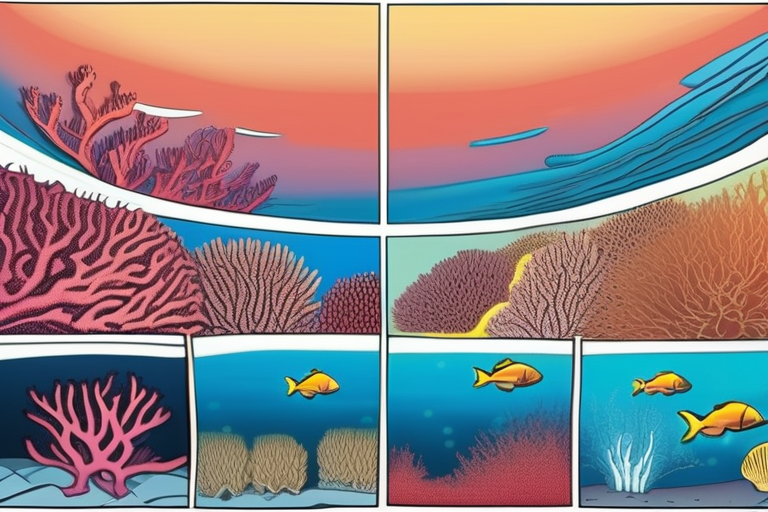







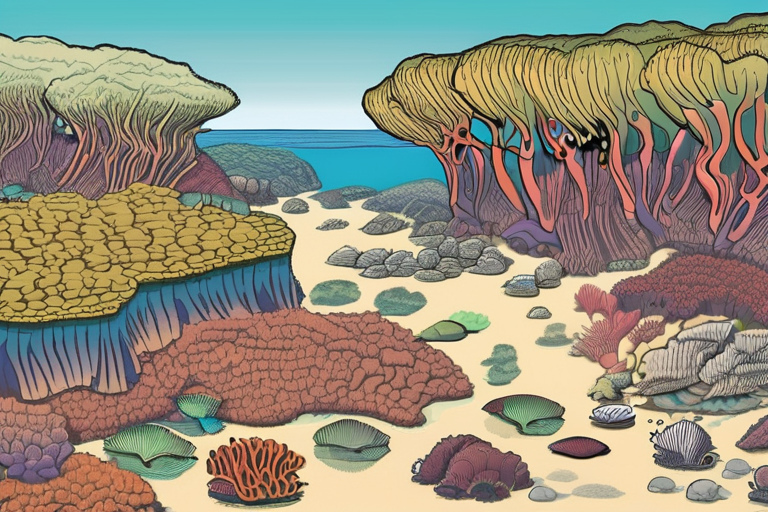
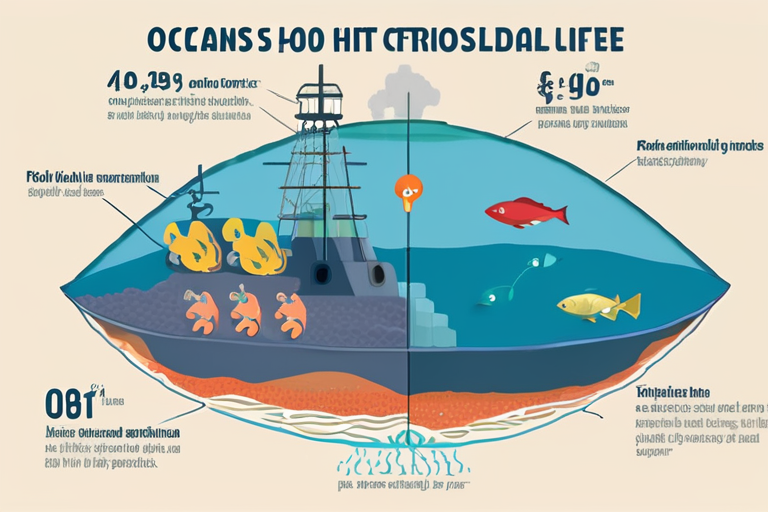


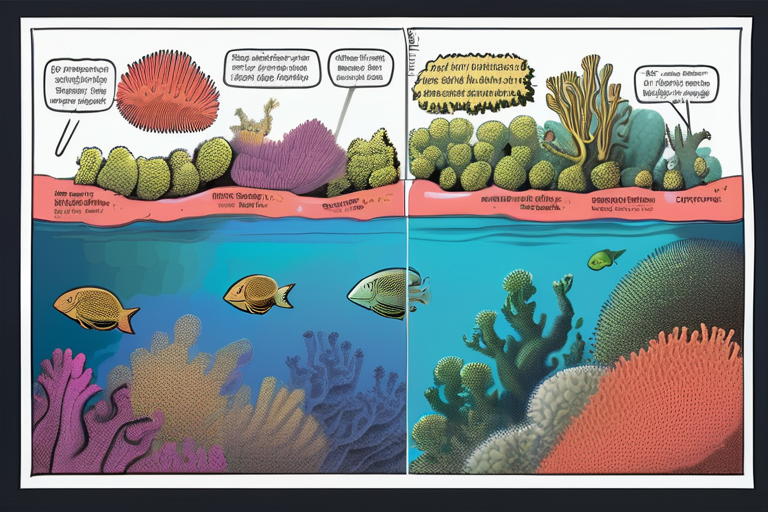


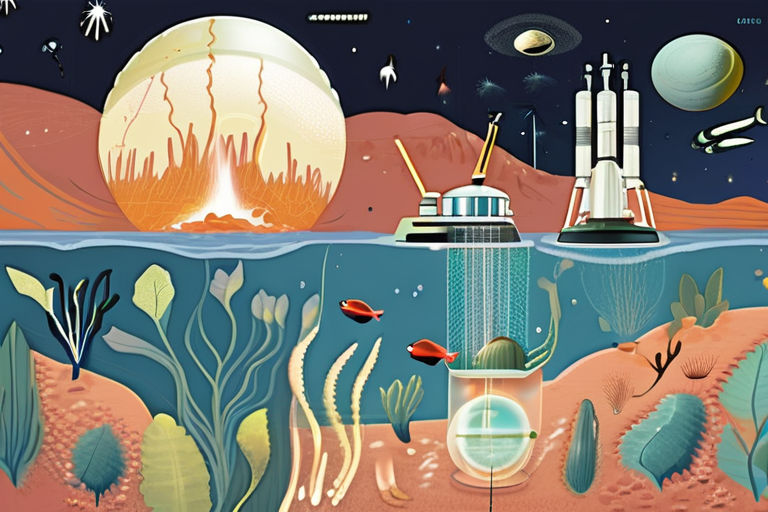
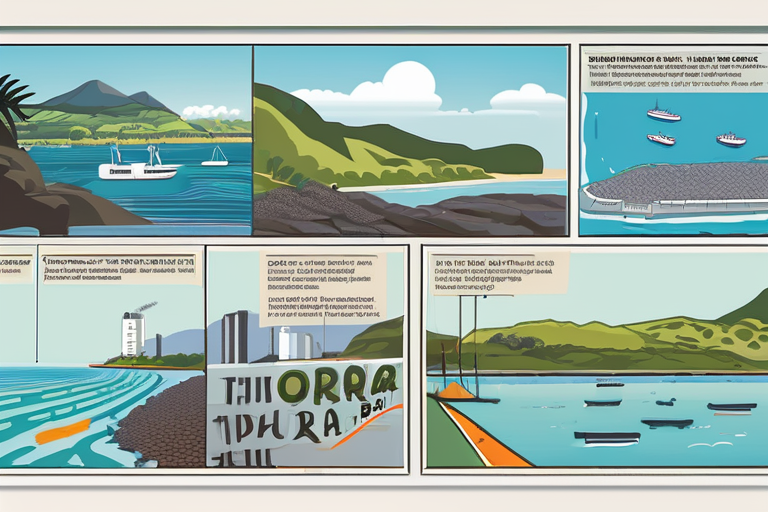


Share & Engage Share
Share this article